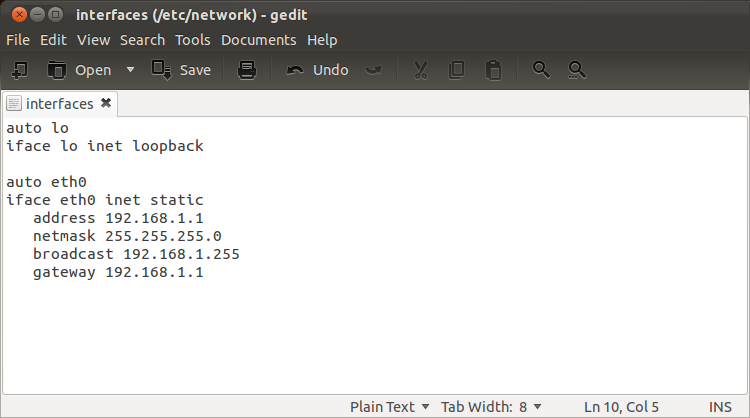Ltsp-update-image Fat Client
Posted : admin On 04.10.2019You may omit the Generating the client image. Raspberry Pi 2 clients are powerful enough to use them as LTSP fat. Running ltsp-update-image.
I have an edubuntu server. After I got the fat client image built, I followed the instructions on so that the clients could have access to the internet, which seems to be working fine.

When I want to upgrade the chroot for the clients, I open up a terminal and run: sudo chroot /opt/ltsp/i386 mount -t proc proc /proc Now when I try to run 'apt-get update' I get an error about not being about to reach the repositories. So I tried to ping google.com, ubuntu.com, etc, and it cannot look up the domain names. I can ping the ltsp server just fine, and again, when I am actually logged on to a client, everything on the internet seems to work fine.
Why can't I see anything on the internet when I'm chrooted in to the client image any more?
Hi: I currently run a school lab that boot as diskless fat-clients using the ltsp-module. It has worked quite well (except a few hiccups) and I have modified the client image by chroot-ing into the /opt/ltsp/fat-i386 folder. I created a xubuntu-desktop client (since xfce4 it offers great lockdown options to keep students in check!!!). My question is: I have built custom xfce4 installs in the past, with minimal packages and esential programs, to make the slimest and fastest system possible. How do I convert/create one of these on the server so that I can use as a base for the ltsp clients.
I already built most of the install by deboostraping and chrooting, but how do I integrate the ltsp stuff into this. I gather that there is a couple of packages like ltsp-client and ltspfs, but what about he configs.
Then I would run ltsp-update-image (no?) to create the image for booting or can I accomplish this another way also. At the moment i'm going through the current ltsp folder image looking for the configs that might be necessary. Anybody have any experience with this? Well i've made some headway on the subject.
I don't think that any of this can be accomplished with the current web-gui, but of course you can do it on the cli!!! I (almost) finished the new chroot environment, but i discovered that I was missing the kernel! Anyway, I used the ltsp-update-image script to construct the root/boot image.
It's almost 50% smaller than the current one. One workaround that will be a bit tricky is the editing of the pxelinux.cfg file. Basically you have to add the new initrd.img and kernel of the new image and tweek the boot process to give you the chance of selecting it (or you could set it as a default during testing and if you decide to use it permanently).
I will continue to try and get this working, and it looks like it will, but I can see that it will be a pain to maintain in it's current state. Reading the ltsp documentation I see that the difference between a thin and a fat client is the desktop environment, or more precisely, the existence of a xsession script that the ltsp client scripts detect during boot.
Ltsp-update-image

I wonder if I could build an thin image from the web-gui, then chroot and install an xfce4 minimal install and update the image, and then have it work as a fat image??? Does that sound ok?
No luck with the custom chroot I built the image and it gets booting, but the process stalls at mounting the nbdroot, with the message 'Negotiating.' And thats it.
What I tried next was to let zentyal create a thin client chroot, and then I installed the custom xfce4 desktop in that. I got it working but there where several configs that I had to tweek (lts.conf, pxelinux.cfg/default and ndb-server/config).
Primary Key
I don't know if it was because of the previous configs or what, but I will continue to explore. I still would like to get the custom chroot working, but there seems to be some sort of configs that ltsp-build-image does that I haven't been able to track down.